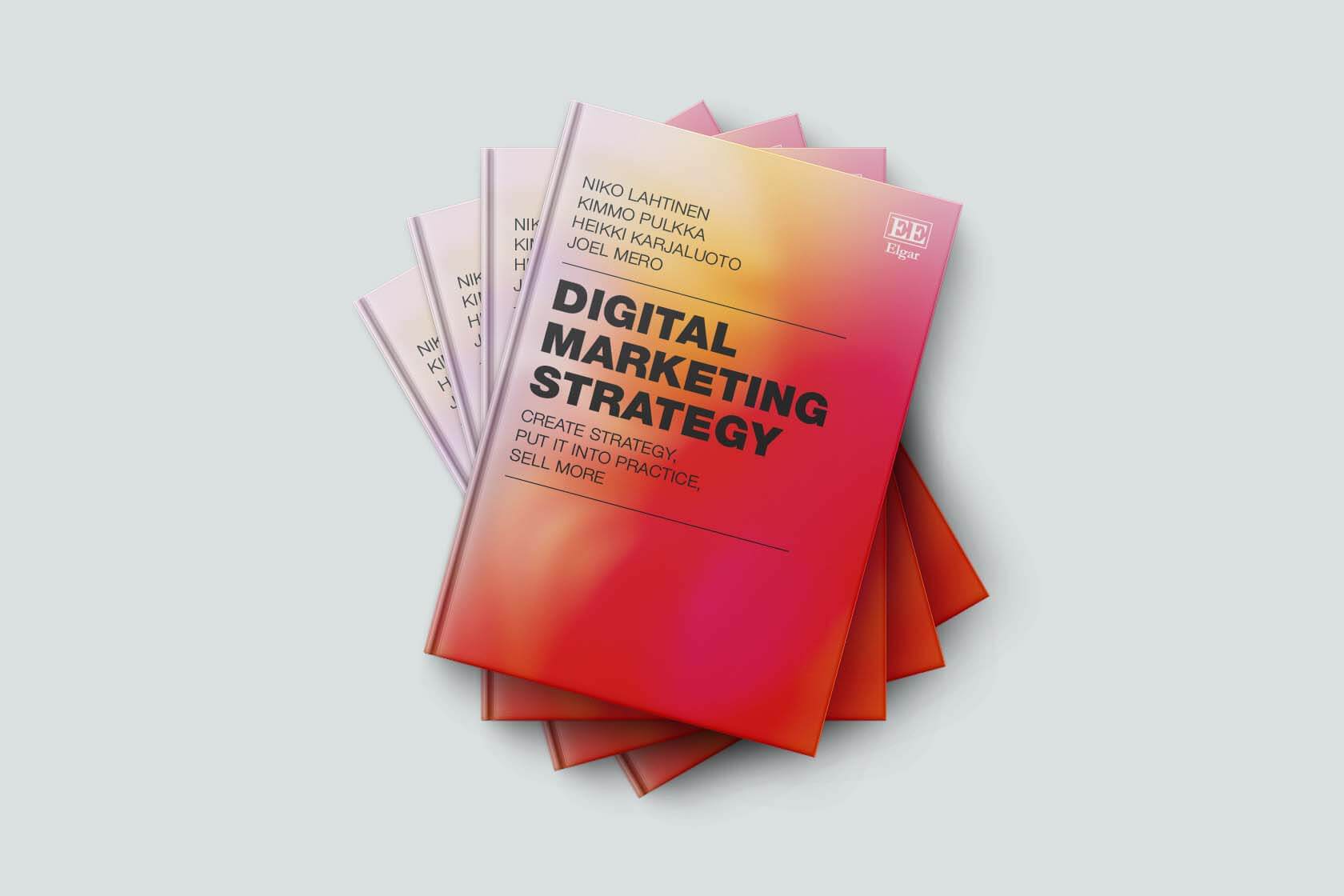The most common terms B2B and B2C in the world of sales and their definitions remain the same over time. However, the ever-changing world shapes their processes and best practices. In this article, I will tell you what B2B sales and marketing contain in the 2020s.
Before going further into B2B sales in the 2020s, let’s go through what B2B sales mean and how it differs from B2C sales.
However, if you are already familiar with this, you can jump right under B2B-sales in 2020 the title.
What do B2B sales mean?
Let’s be the first to disassemble the acronym B2B.
It comes from the English words Business to Business.
As a logical extension, B2B sales mean when a company sells its own products/services to other companies. In this case, the company does not sell its own products/services to private individuals, but to other companies.
A company may have employed salespeople whose job description is to sell their own company’s products/services to other companies. The B2B seller is required to have expertise in the services/products sold by the company he represents. The seller needs to know what he’s selling. B2B vendors are also required to have good communication and negotiation skills.
B2B vs. B2C Sales

The abbreviation B2C comes from the English words Business to Consumer.
B2C sales mean that a company sells its products/services to a private individual, not to a company. B2B sales are therefore different from B2C sales right away.
But what are the other differences between B2B and B2C sales?
In general, in B2B sales, services and products are more expensive than in B2C sales because purchases and contracts are larger. In general, a larger number of decision-makers also participate in purchasing decisions in B2B sales.
B2B sales are typically separated from B2C sales by number of sales transactions.
For example, in the B2B sale, the company buys services from other companies in order to sell the products/services to retail customers. In B2C sales, for example, the consumer buys a bike from the company that is immediately ready for use and the add-ons do not need to be purchased elsewhere.
That is, in B2C sales, the number of transactions is usually lower.
However, in the end, both are about the seller and the buyer.
There are other differences between the B2B and B2C sales than just the number of sales transactions.
In B2B and B2C sales, the purchasing processes are also different. In the B2C trade, the purchasing process is influenced by the consumer’s needs; What he needs at that moment. B2B buyers, on the other hand, often make a purchase decision based on various reasons to create value for their own company.
In shopping processes, it is extremely important to take into account different buyer .
In the B2B market – just as in the B2C market – the company’s products are being acquired and considered by a wide range of buyer personalities, each of which is attracted by different attractive factors. One wants to get an air conditioner to cool the living areas, while the other wants to save on their energy costs.
I recommend to take a closer look at personality, regardless of whether your business makes B2B or B2C sales – or both.
Today, the B2B and B2C sales limit becomes more blurred digitalisation due to digitalisation and the Internet, and the purchasing behaviour of B2B sales may change, as the buyer will be able to find out a lot of backgrounds on the Internet even before meeting the seller of the company.
Next, let’s go deeper into what B2B sales are in the 2020s and what should be taken into account.
B2B sales in the 2020s
I’m sure you’ve noticed that buying and selling is digitizing at an accelerating rate. Digitalisation and the Internet have changed a lot of things in recent years, as have B2B sales.
With this, the seller really needs to know everything about the services and products sold.
Digitalisation also brings with it a new kind of marketing.
Social media has become a great marketing ground years ago. Companies are also slowly waking up to its use to support B2B sales. Discover more about two B2B sales in an effective marketing platform:
In addition to marketing that supports B2B sales, companies invest in various technological solutions to increase the chances of successful sales.
As an example of technological solutions that support B2B sales, various B2B lead software, such as Albacross and Finnish Leadfeeder. These web analytics tools are designed to identify other companies and their stores that have visited your company’s website.
It is thus easier for a B2B seller to contact a representative of another company when they know what the other person has been particularly interested in when visiting the site.
Another good thing about the above tools is that they can be integrated directly into the most commonly used CRM systems, such as:Pipedrive or Salesforce. After integration, sufficiently warm sales lead is thus transferred directly to the CRM system, which streamlines and speeds up the launch of the sales process.
Buyer personality and the content that speaks to them guides you toward decisions.
After defining the buyer personality that uses your company’s products and services, you’ll find that promotion is easier because you’re addressing them correctly with content. For example, air condition devices are more difficult to sell in terms of energy saving to a person who is only interested in cooling down the office space – and vice versa.
An article that you give your competitors a great competitive advantage by not reading:
B2B sales just as it is always easier to sell products and services to existing customers, just as it is in B2C sales.
This can be further facilitated in the 2020s, for example by automation and marketing.
Automation can be used to warm up and remind existing customers of the existence of the company’s services and products, and to offer valuable advice on how to use the products, for example. With marketing automation, a company can also strengthen its top of mind position when another company is acquiring similar services.
Powering entity, how will this B2B sales be tracked in the 2020s?
In the 2020s, B2B sales and marketing results no longer need to be rotated in Excel tables or checkbooks, as today we use a real-time dashboard.
Read here about the benefits of 4 dashboards compared to .
Today, digitalisation and the opportunities it brings are strongly present in B2B sales.
Here’s a summary of what B2B sales can mean in the 2020s:
- Bringing relevant customer companies to their own website through digital marketing.
- Identifying right-hand client companies using web analytics tools.
- Using existing CRM systems together with the above.
- Taking advantage of buyers’ personality and the content that speaks to them.
- Maintaining customer relationships, for example by means of marketing automation.
- Generating real sales and marketing data through a dashboard.
Does your company have the entire palette (or even more) in its possession? Great, keep doing what you’re doing!
However, if you feel that your company lacks an integral part of modern B2B sales and marketing means,contact us.











